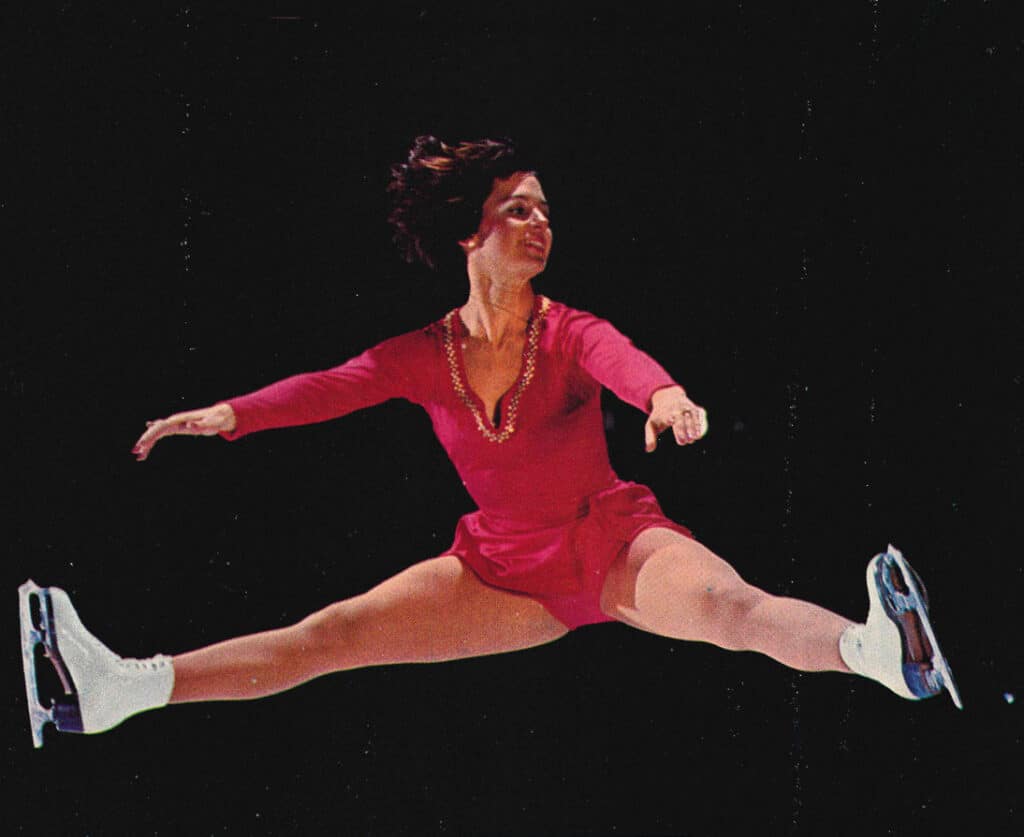Antiques and the Arts Weekly | March 24, 2023
COS COB, CONN. — An exhibition on the history of local sporting culture that showcases how athletes in Greenwich and surrounding communities broke boundaries, tested their limits and found common ground through athletic achievement will be on view at the Greenwich Historical Society through September 3. “Sports! More Than Just a Game” features exclusive memorabilia, historic sporting equipment and apparel and personal effects from some of America’s most celebrated athletes who made their homes in Greenwich, Conn.
“Athletics and organized sports have been uniting our Greenwich community, instilling core values of teamwork and inspiring local pride for generations,” says Maggie Dimock, Greenwich Historical Society’s curator of Exhibitions and Collections. “Through this exhibition we hope to provide an inclusive and thoughtful story of the many athletes and community figures who distinguished themselves through sporting achievement, and how competitive and professional sports shaped the town’s unique history.”
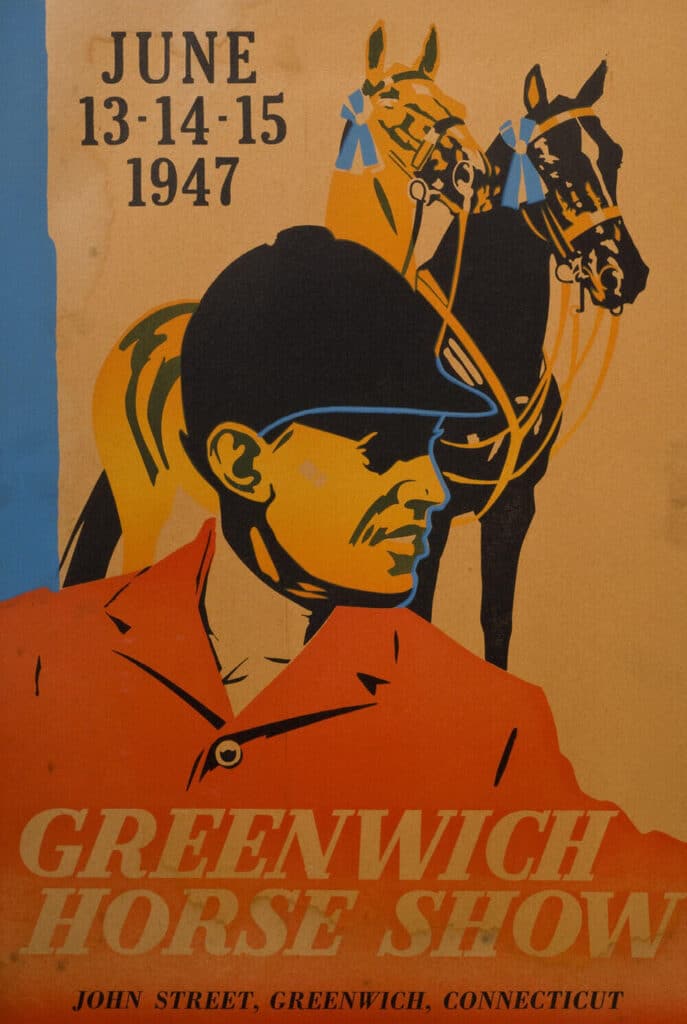
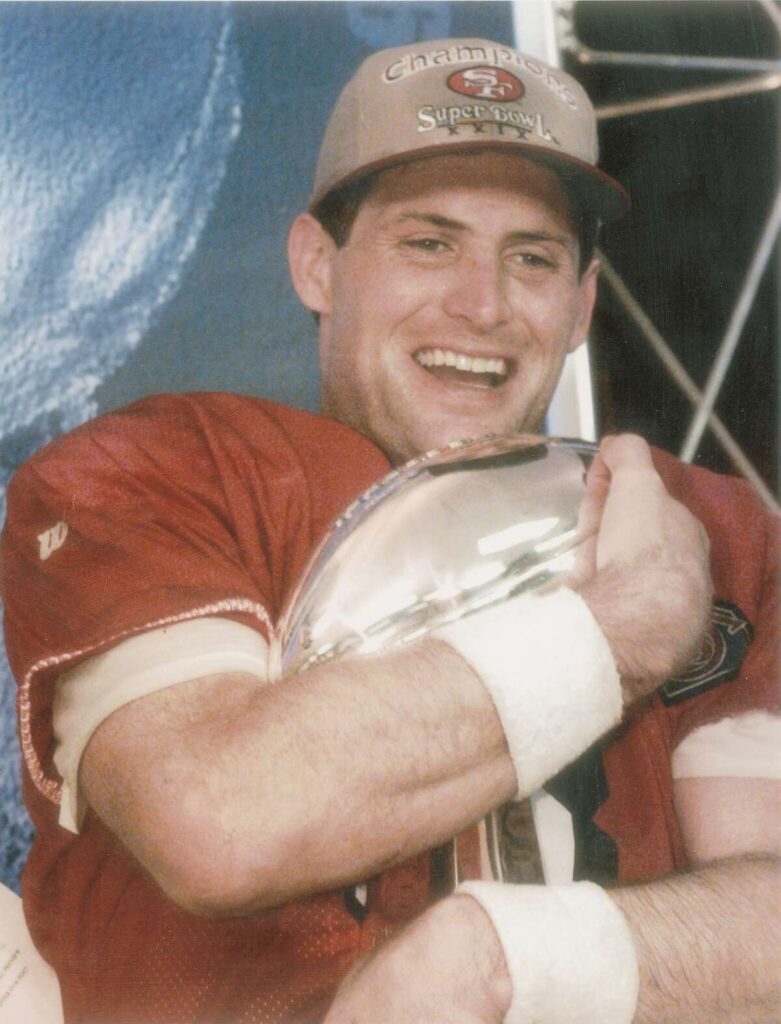
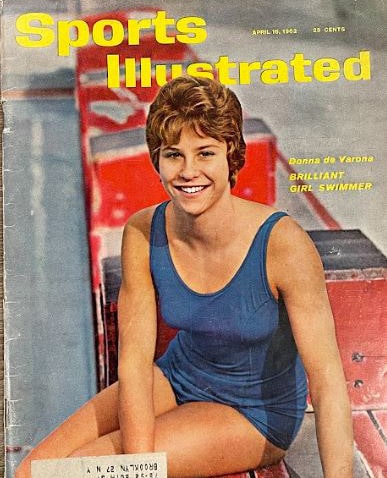
Athletic competitions were an important aspect of ceremonial life for many Native Americans. The modern sport of lacrosse evolved from the Creator’s Game, which held religious and cultural significance for the Haudenosaunee people of New York and Canada. In addition to learning about how Indigenous sporting traditions intersected with European Colonial settlement in “Sporting History in Pre-Colonial America,” visitors will also be able to view a Nineteenth Century handmade lacrosse stick, on loan from the Mashantucket Pequot Museum & Research Center.
America’s favorite pastime has roots in a popular Eighteenth and Nineteenth Century balland-bat sport called “wicket,” which was sometimes referred to as “the Connecticut Game” owing to its local popularity. A Nineteenth Century wicket bat and ball and illustrations of game play in “Baseball’s Connecticut Roots and Continued Legacy” provide a view into this once-popular sport.
Athletic activities like cycling and basketball paved the way for American women to enter the realm of competitive sports in the Nineteenth Century. A bicycle and woman’s cycling costume on view in “Women Carve Out a Place in American Sports” provide a glimpse into the past. Visitors can view trophies and Olympic medals awarded to Twentieth Century female athletes with local Greenwich stories, including celebrated diver Helen Meany who won gold at the 1928 Olympics, and swimmer, broadcaster and women’s sports activist Donna de Varona, with two Olympic gold medals in 1964.
In the early Twentieth Century many Black American athletes faced racial discrimination in professional and amateur sports, leading to the formation of segregated leagues, a phenomenon discussed in “Breaking the Color Barrier.” In Greenwich, the “Colored Rangers” baseball team, consisting of Black players, were active throughout the 1930s. Baseball player Jackie Robinson, who became the first Black player to break into the professional leagues when he joined the Brooklyn Dodgers in 1947, settled in Stamford after he and his family faced discrimination in neighboring towns, including Greenwich.
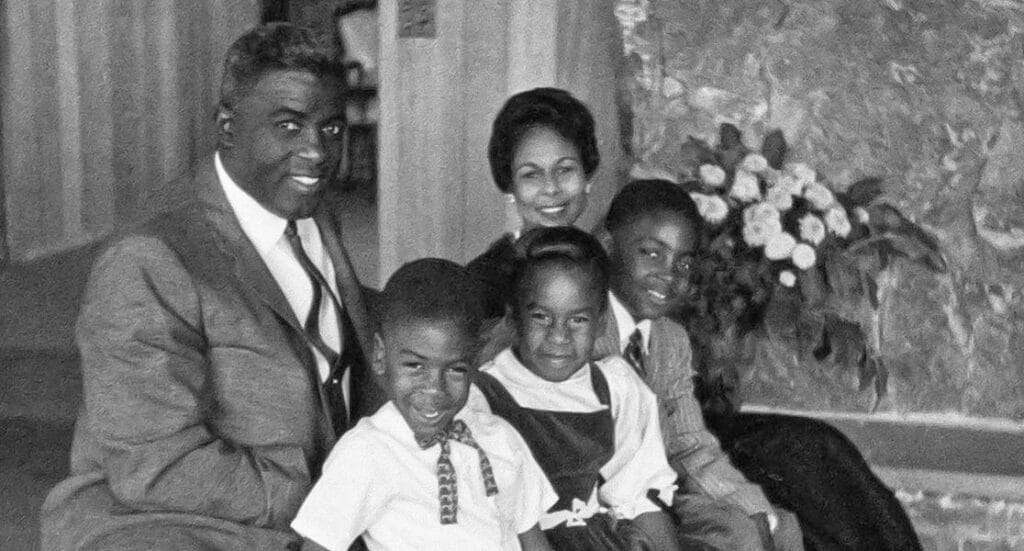
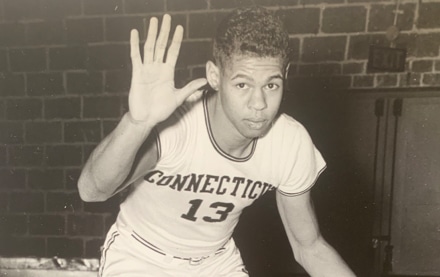
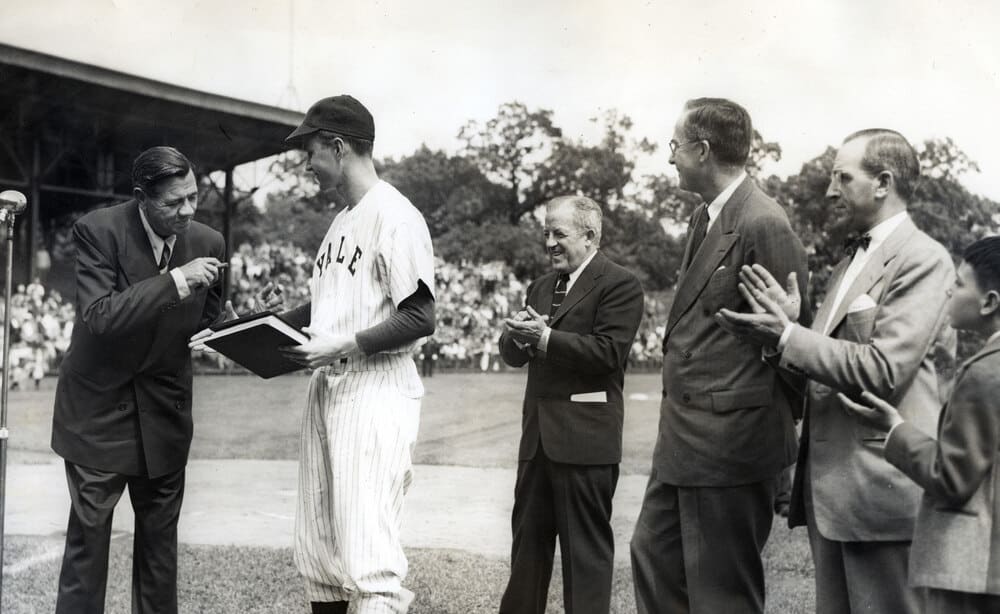
American football, now a staple of American high school and college athletics, has deep Connecticut roots, with the influential Yale football coach Walter Camp often credited as the “Father of American Football.” Visitors to the exhibition will view “Football in Connecticut and a Greenwich Great” historic equipment from local early Twentieth Century football teams, including leather helmets and face guards from the 1910s and 1920s.
In the late Nineteenth Century, as wealthy Americans sought escape from congested cities, rural locations like Greenwich were attractive places to establish country clubs. The Greenwich Country Club, founded in 1892, is the fourtholdest country club in the United States. Many of Greenwich’s storied great estates were also designed with sports facilities ranging from tennis, riding stables and private golf courses. Equestrian sports were especially popular, with organizations like the Greenwich Riding and Trails Association, established in 1914, organizing hunts and the annual Greenwich Horse Show.
In 1949, Greenwich resident Joseph Sobek, a former professional tennis and handball player, invented a new indoor racquet sport he called “paddle rackets,” which he began teaching and popularizing at the Greenwich YMCA. Easy to learn and play, the sport he invented became internationally popular under the name “racquetball,” still played by many today.
“Sports! More Than Just a Game” is curated by Kathleen Craughwell-Varda, an independent curator and museum consultant and the director of Conservation ConneCTion, a training and granting program for cultural heritage organizations.

